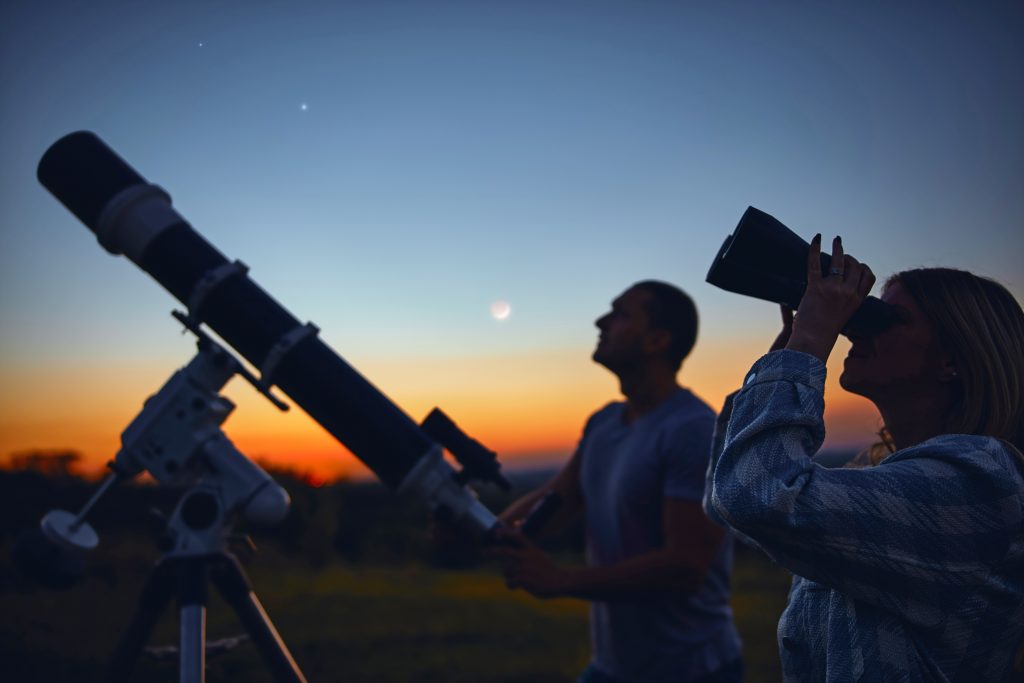Observing the Night Sky

Hi, I’m Marley, the astronomer here at the Space Centre. The nights have been getting longer, which means more time to observe the night sky. For this blog, I want to go through some helpful information on observing the night sky, which answered questions that I had when I first started observing and will answer what others have asked me.
General Tips
The first thing I tell people is to move away from the city lights. Light pollution hides all but the brightest objects in the nighttime sky. When living in Vancouver, getting away from the light usually means getting away from the city. Get as high up as you can, for an added bonus. The higher you go, the less light pollution, but also the less air between you and the night sky. This makes for better seeing. The Royal Astronomical Society of Canada (RASC) Vancouver Centre has a whole list of observing sites, and the Canadian Space Agency recommends Garibaldi Provincial Park.
The ultimate tip I have is: to check the weather forecast! When I first started observing in Calgary, I was often wondering about how much I was going to have to bundle up in -30°C. In Vancouver, you’ll want to be sure that your nighttime plans don’t get rained out.
What do I need?
A night of stargazing can be whatever you want to make of it, but there are a few things I always bring with me.
Binoculars
Often, what I want to observe is the Moon and its cratered surface. This I can do with just my binoculars. When Comet NEOWISE was visible back in the summer of 2020, I was able to get a pretty good view of it through my binoculars as well. They are much easier to bring with me than a telescope, which means easier access to viewing areas!
Star maps/cell phone app
If there is a smaller object in the sky that I want to observe, like a star or a planet, I use an app on my cell phone. My favourite is SkyView, and I also use ISS Detector. Both are free, and SkyView has a paid version if you want to see more stars and constellations with advanced features. These types of apps are also helpful if you spot something in the sky and don’t know what it is. Star charts – what these apps essentially are – are helpful for identifying constellations. This is useful especially if you are a beginner observing in dark sky conditions, or if you’re like me, unable to recognize patterns. With these apps, you will suddenly be able to see and identify more stars in the sky!
Red flashlight
This is an item that tends to be overlooked. It takes about half an hour for your eyes to adapt to dark conditions. Bright, white light will ruin your night vision, and you’ll have to start adapting again after turning on your flashlight or looking at your phone screen. Red light does not affect your night vision as much, due to a chemical that is produced on our eyes called rhodopsin
Our eyes have two cells: rods and cones. Cones are mainly used for colour vision, and rods are used for seeing black and white in low light conditions. At night, our rod cells are more active, but they don’t turn on by themselves. Rhodopsin is the chemical that allows the rods to absorb light. When light hits rhodopsin, it breaks apart into two molecules, and then slowly recombines back into rhodopsin. It takes about thirty minutes for rhodopsin to recombine, which is thirty minutes you could be spending on observing.
Rhodopsin is not as sensitive to red light. The chemical will still break apart, but much slower than if it was a white light, and you still want the light to be quite dim. Luckily, it is pretty easy to make a red flashlight. You can cover the lens with red cellophane, or paint it with red nail polish. As for your phone screen, you can usually turn on a red colour filter on most smartphones.
Even though I don’t usually bring my telescope with me when I have to go elsewhere to stargaze, I have used it when I wanted to look at Jupiter and Saturn during their great conjunction at the end of 2020. When I bring out my telescope, I use it to get a good view of the planets, or if I want to look at globular clusters, nebulae, or galaxies.
Excited? Check out some of the resources below, and get ready to take advantage of any observing opportunities!
Astronomer’s playlist
Time
Activity
30 min
Make your own Star Finder
It can be difficult to identify what constellation, or star, you are looking at if you are new to observing. Check out this star finder from Sky & Telescope, and make your own!
If you’re up for a challenge, try this star finder game. Print out the star finder for the month you are in, and then try to identify the constellation you land on in the night time sky!
Ask yourself: Why do the constellations in the sky change month to month? Why do some stay up year-round?
—
Observing!
Want to know what is up in the sky this month? Check out the Tonight’s Sky video series by the Space Telescope Science Institute and NASA’s Universe of Learning to see what you can expect.
Look for a local astronomy group! Here in Vancouver, there is the RASC Vancouver Centre.
There are lots of opportunities for beginners (and experts!) to get involved in observing our night sky.
Our Gordon Southam Observatory is also open Wednesday and Friday nights. We have a ½ metre telescope that allows us to see some deep sky objects, as well as some smaller telescopes. Be sure to check our hours!
>60 min
The Pattern of Lunar Phases
The Moon is a great object to observe in the nighttime sky, because of its variety of surface features and the fact that it changes shape throughout the months. Try keeping track of its changes using a Moon Journal, like this one. If you’re not able to observe the Moon one night, try to predict what it might have looked like using the patterns you see!
Ask yourself: Why do these changes in shape happen?
Predicting the Moon
If you’re planning a night of observation, it is a good idea to know what phase the Moon will be in. Try building this calendar. It will tell you what phase the Moon will be in, and its rising and setting times.
Ask yourself: What phase would you want the Moon to be in if you wanted the darkest sky possible?

